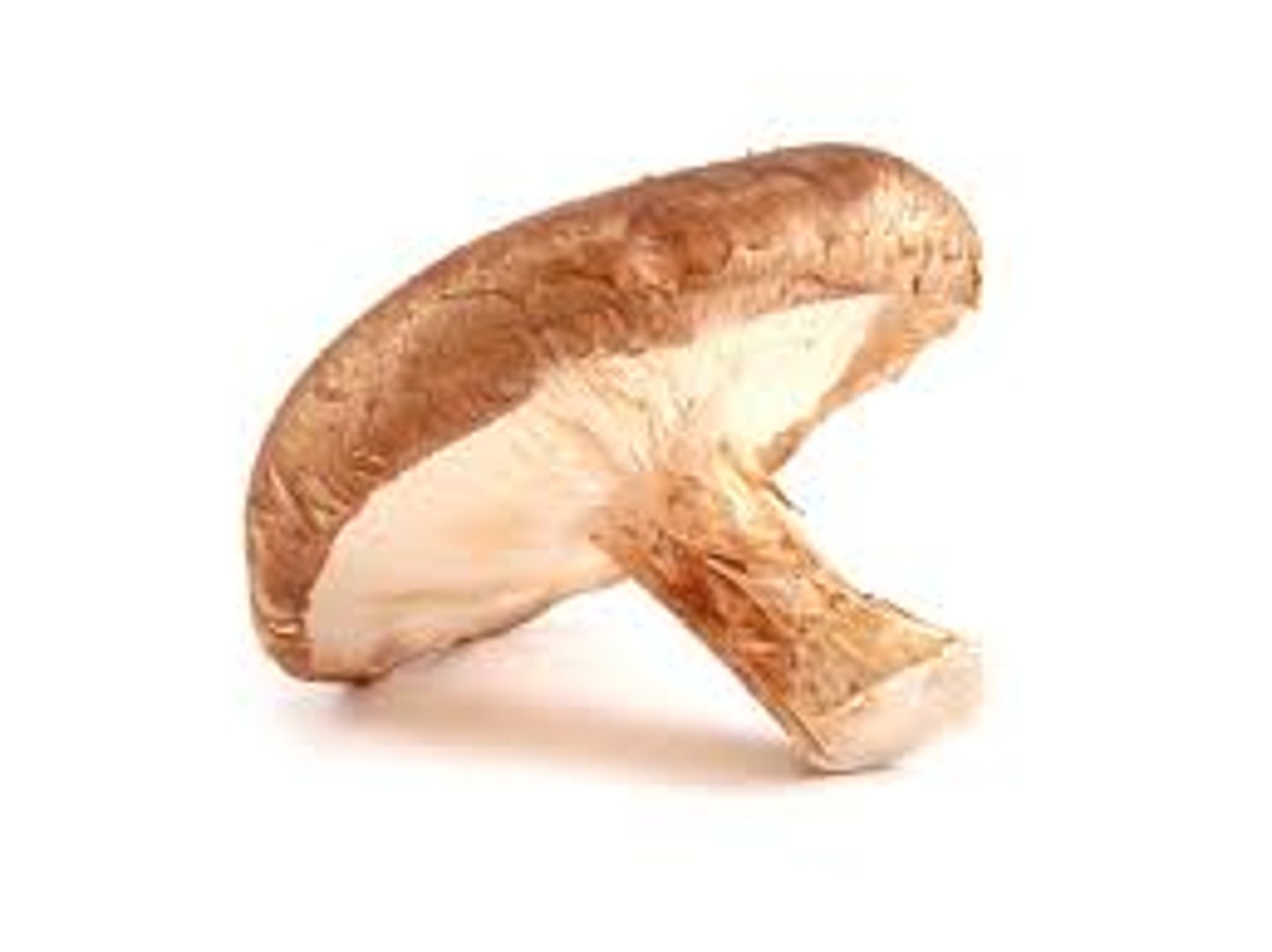02.0A BIO What is Ecology? - Abiotic & Biotic Factors (PART A)
1/18
There's no tags or description
Looks like no tags are added yet.
Name | Mastery | Learn | Test | Matching | Spaced |
|---|
No study sessions yet.
19 Terms
Abiotic Factors
The nonliving parts of an organism's environment.
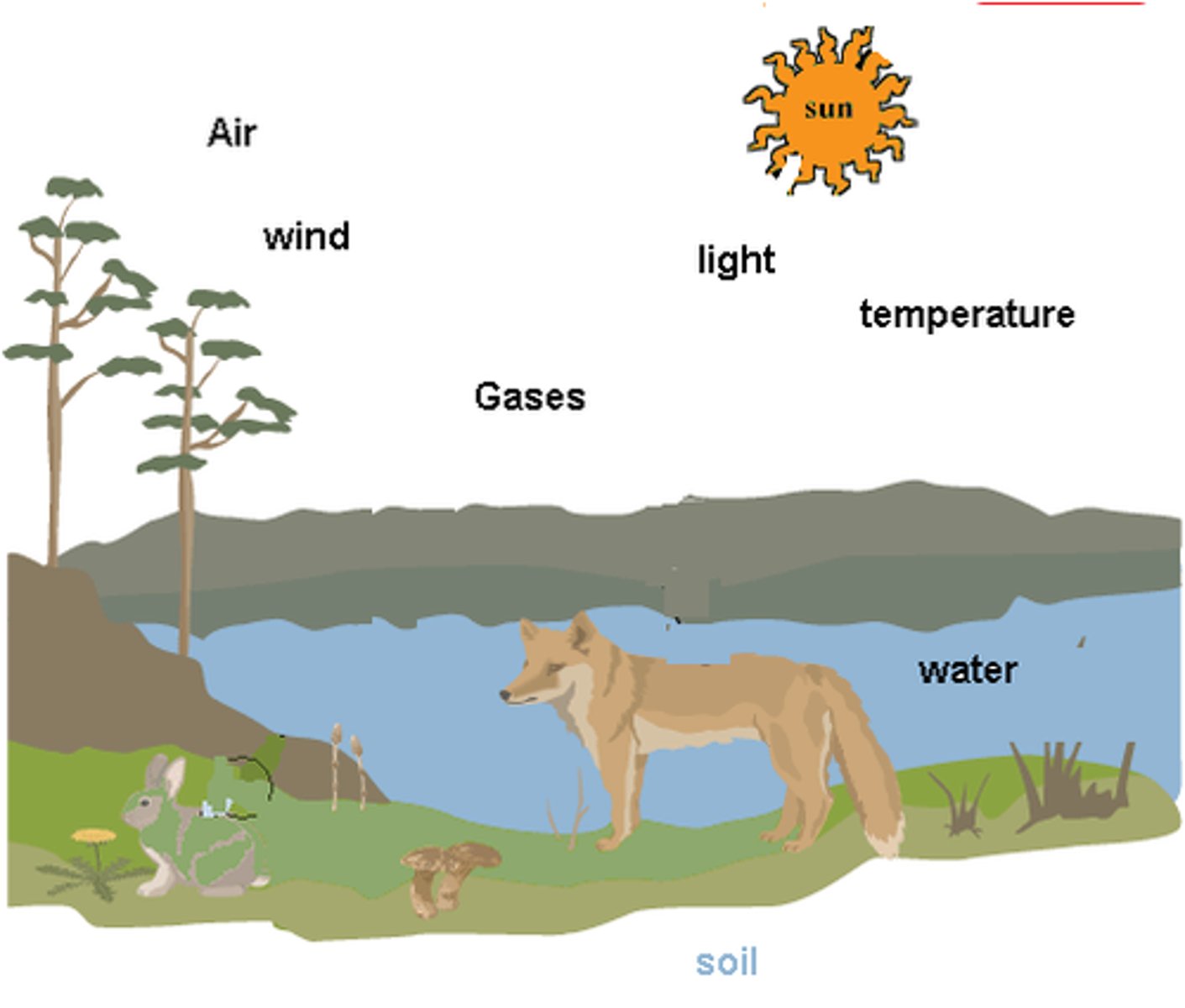
Wind
The movement of air caused by differences in air pressure.
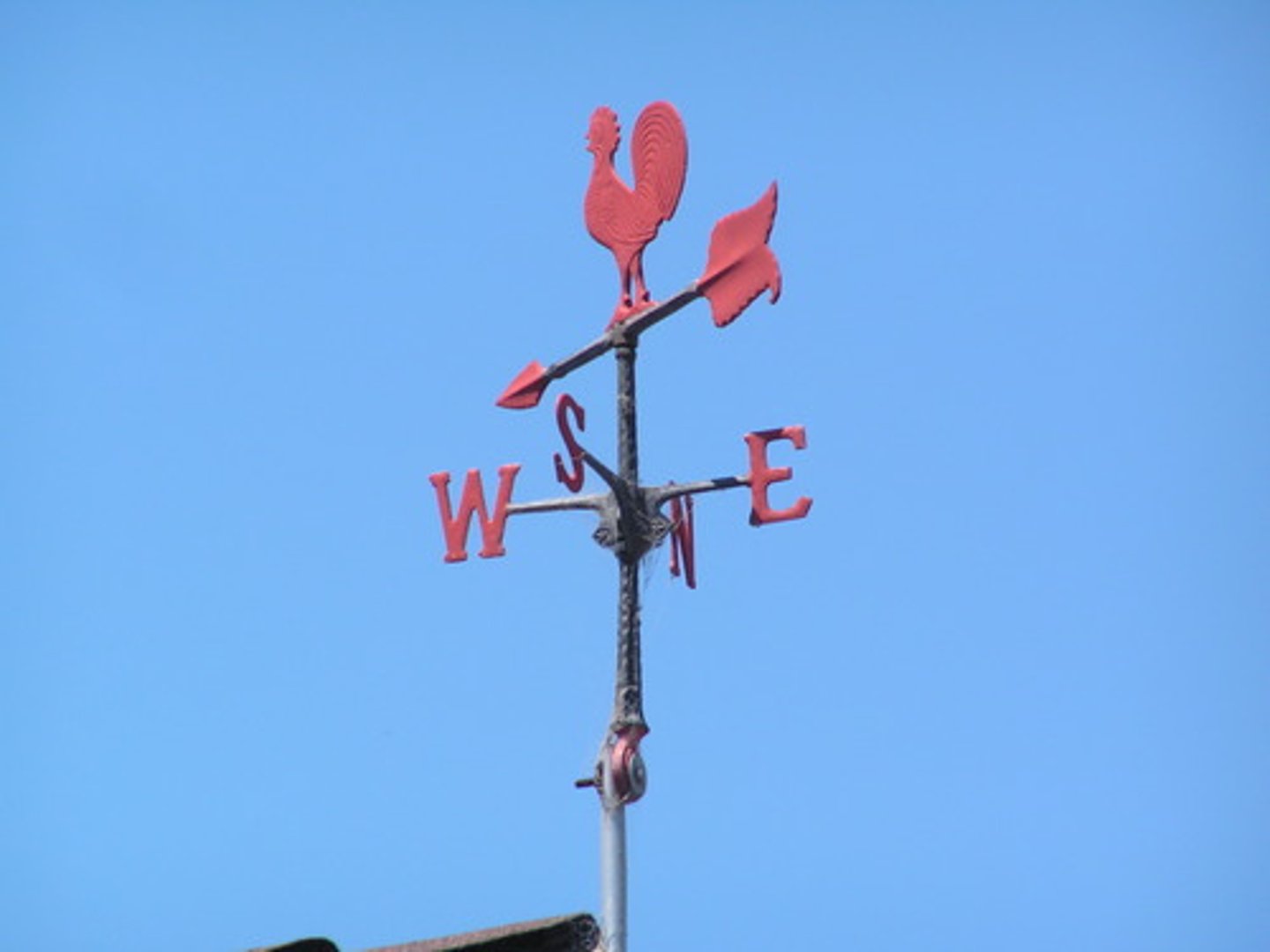
Temperature
A measure of how hot or cold something is.

Moisture
A small amount of water or other liquid, often in the form of small drops
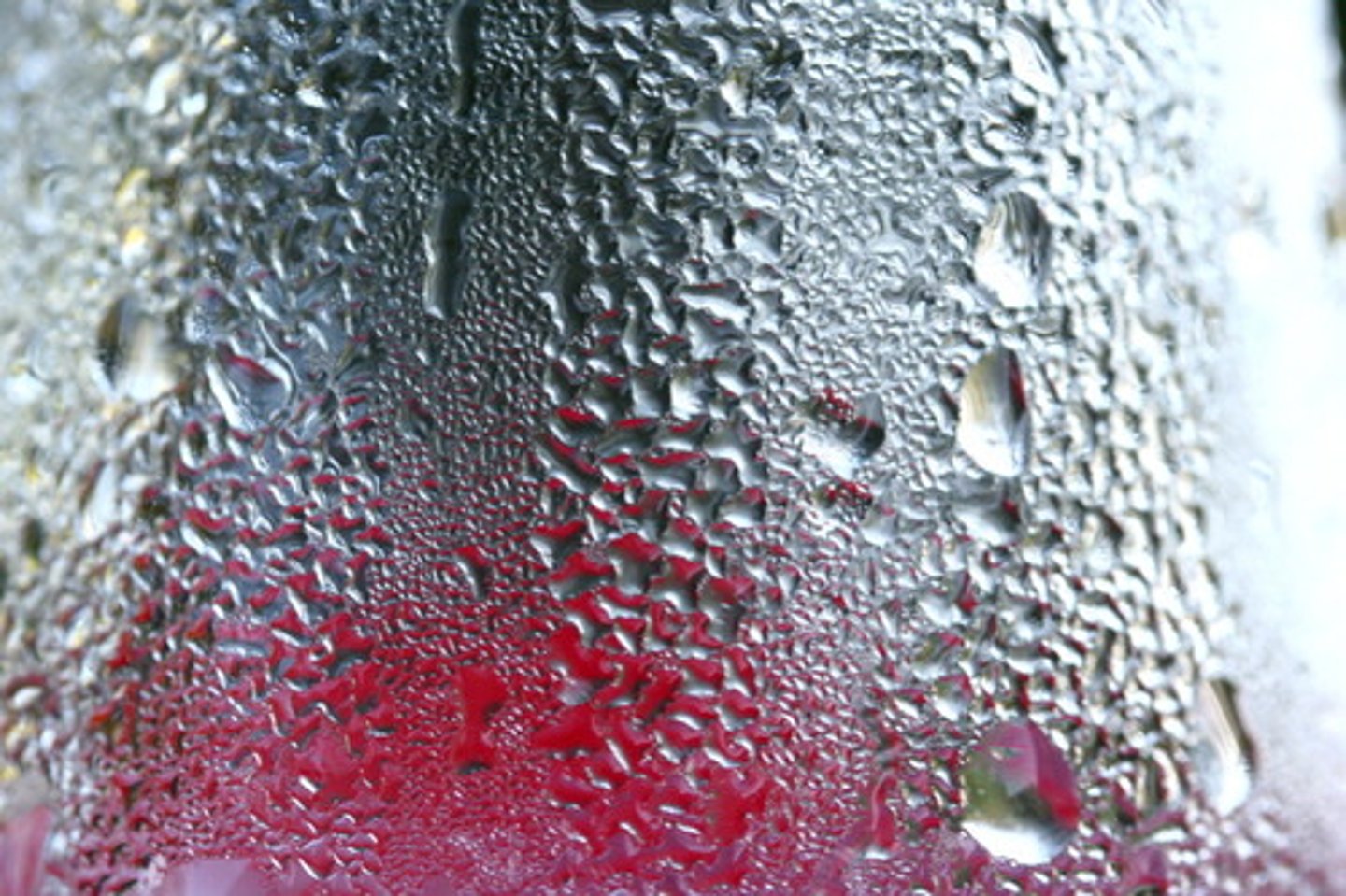
Sunlight
Main source of energy for life on earth.

Rocks
A material made up of one or more minerals.

Soil
The loose, weathered material on Earth's surface in which plants can grow.

pH
A measure of how acidic or basic a solution is.
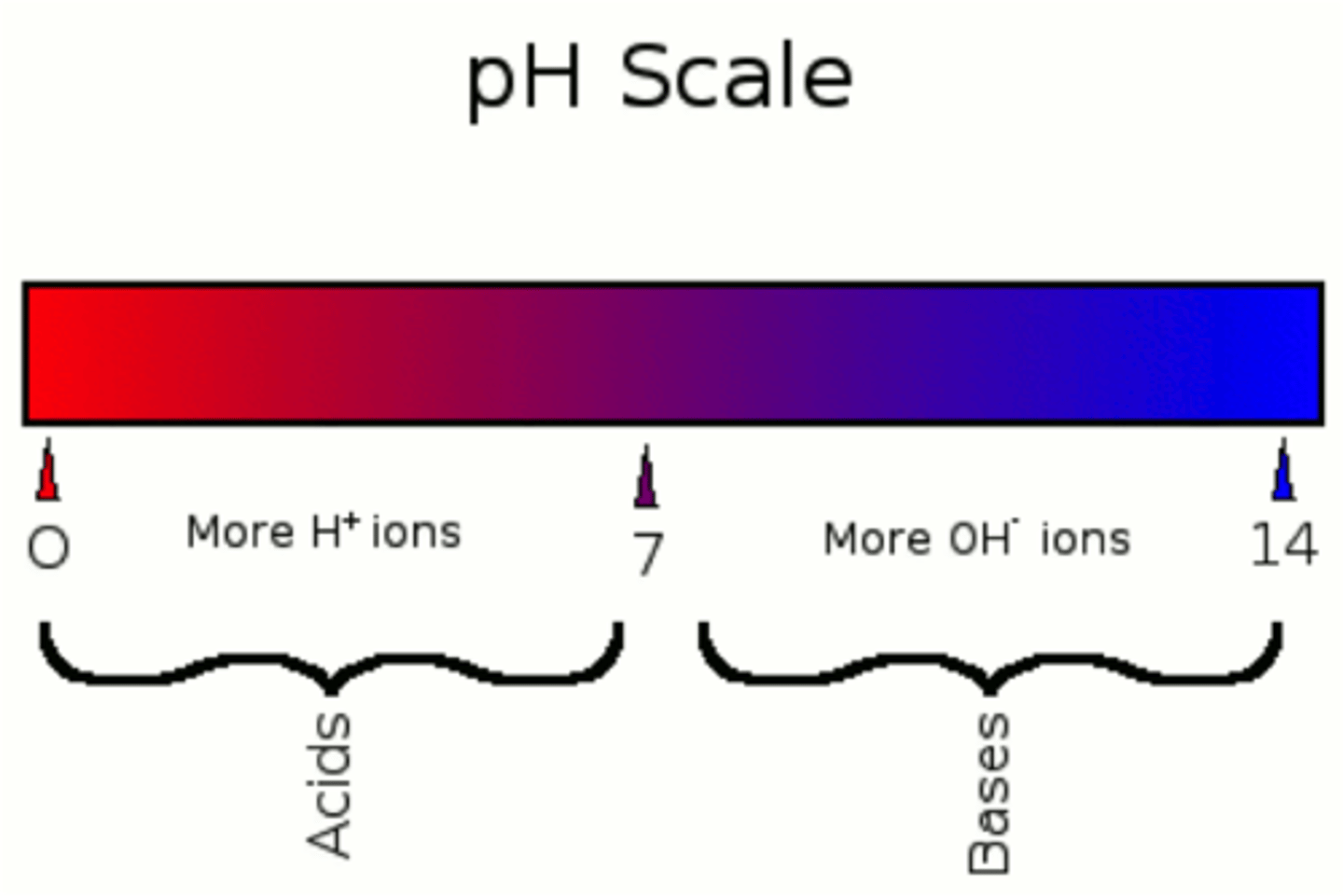
Salinity
A measure of the amount of salt dissolved in water.

Biotic Factors
All the living organisms that inhabit an environment.
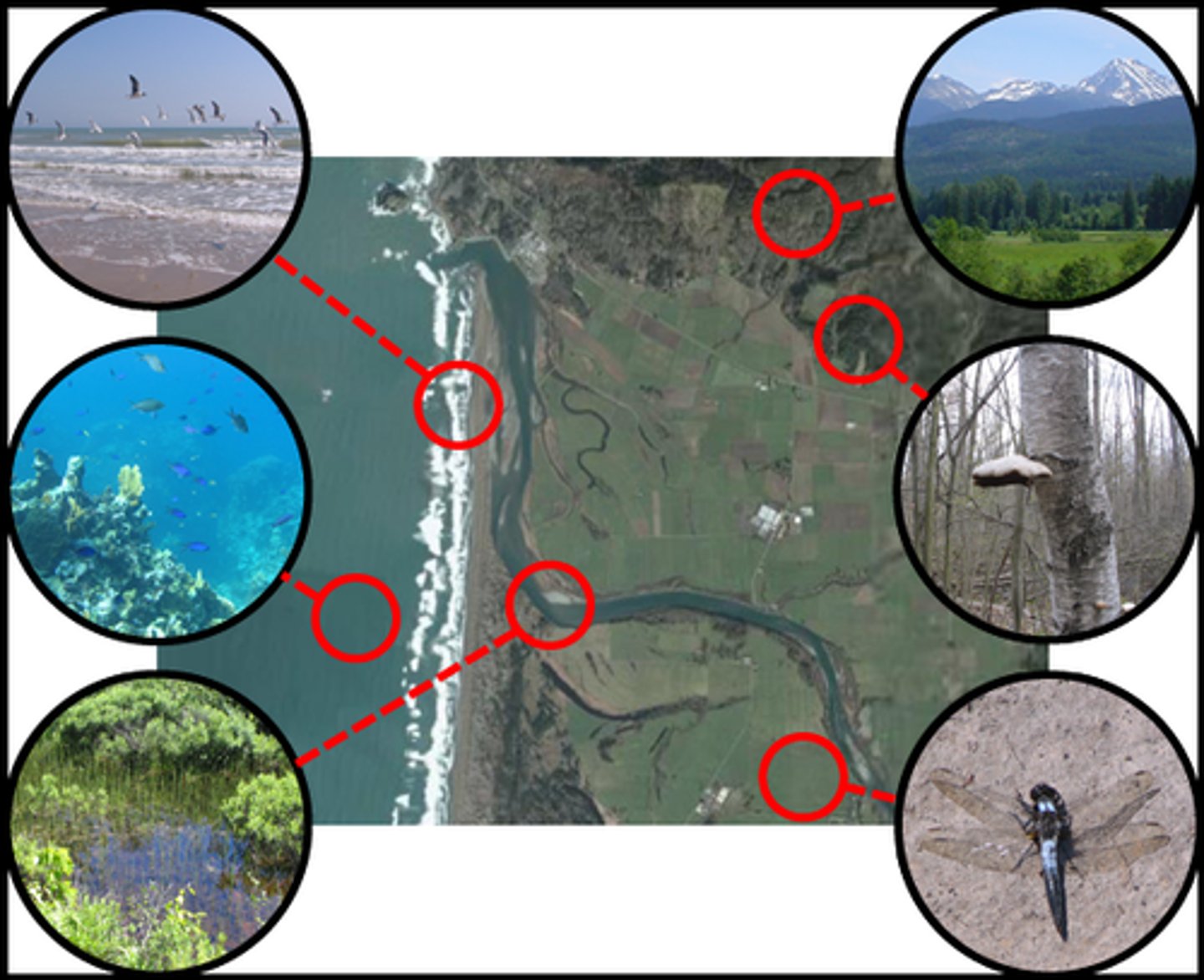
Bacteria
Single-celled organisms that lack a nucleus; prokaryotes
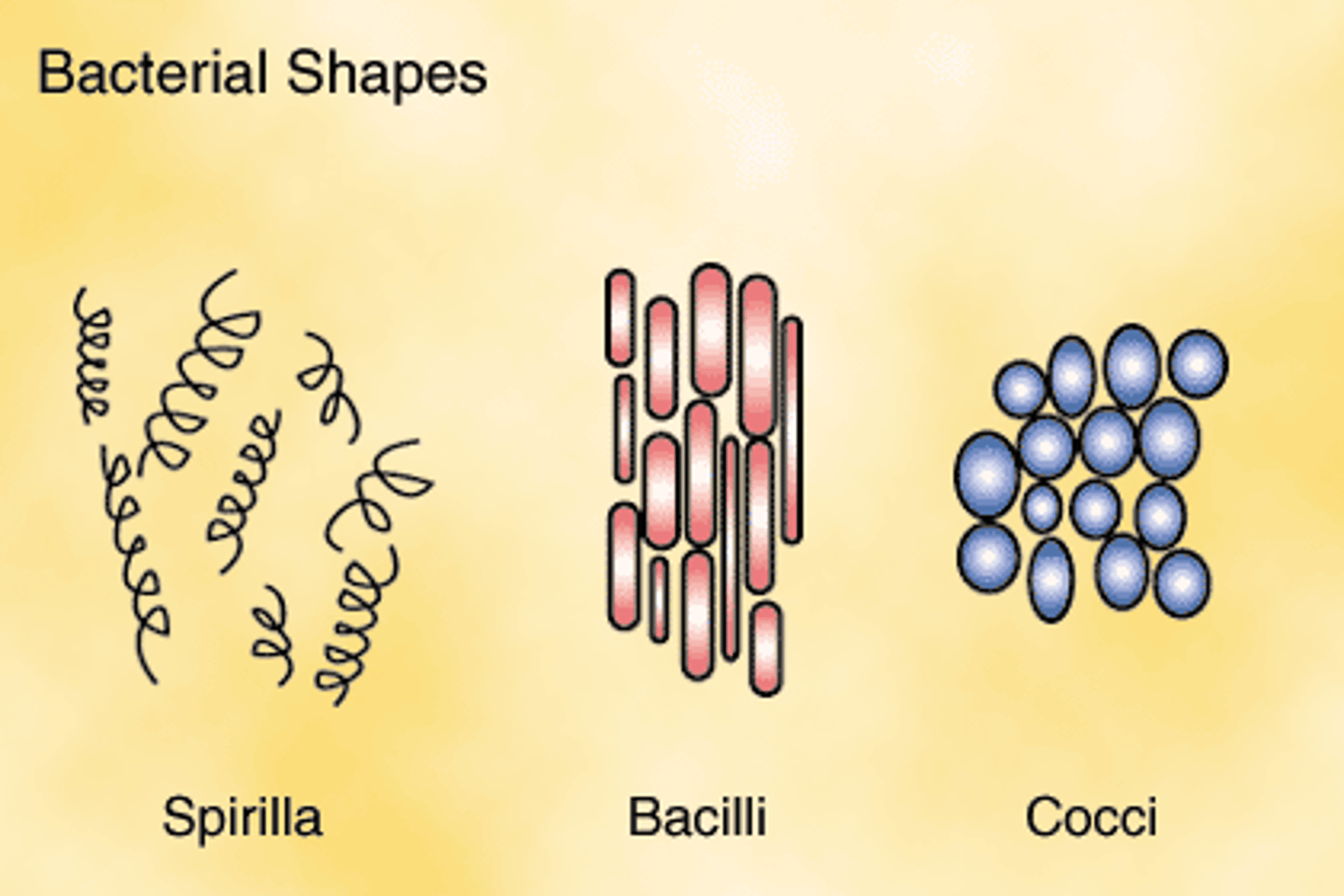
Grasses
Plants with hollow, non-woody stems and narrow leaves

Frog
Amphibian that is originally a tadpole
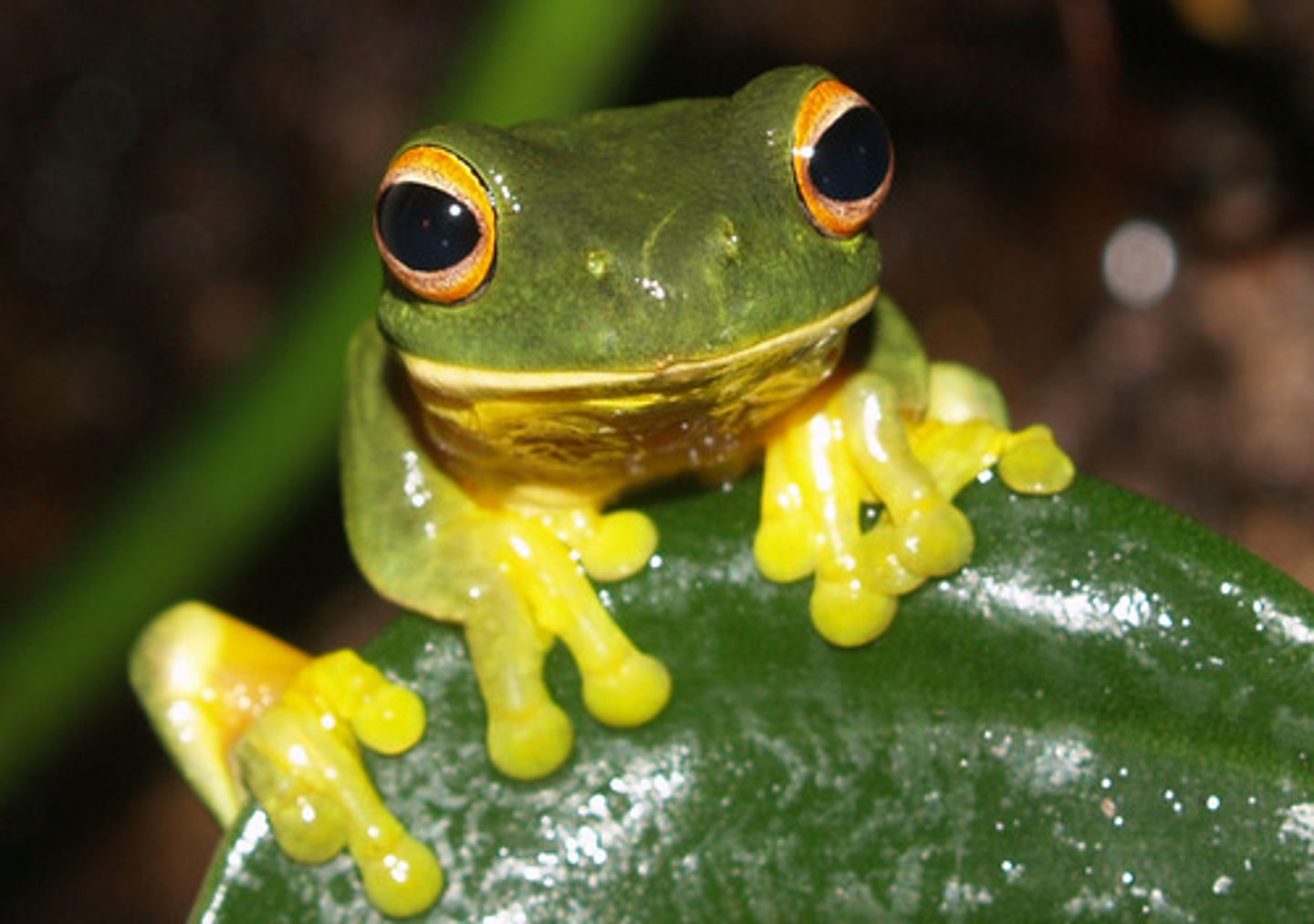
Daffodil
Plants having showy often yellow flowers with a trumpet-shaped central crown

Birds
Animals that may or may not fly, with vertebra, lay eggs, have feathers
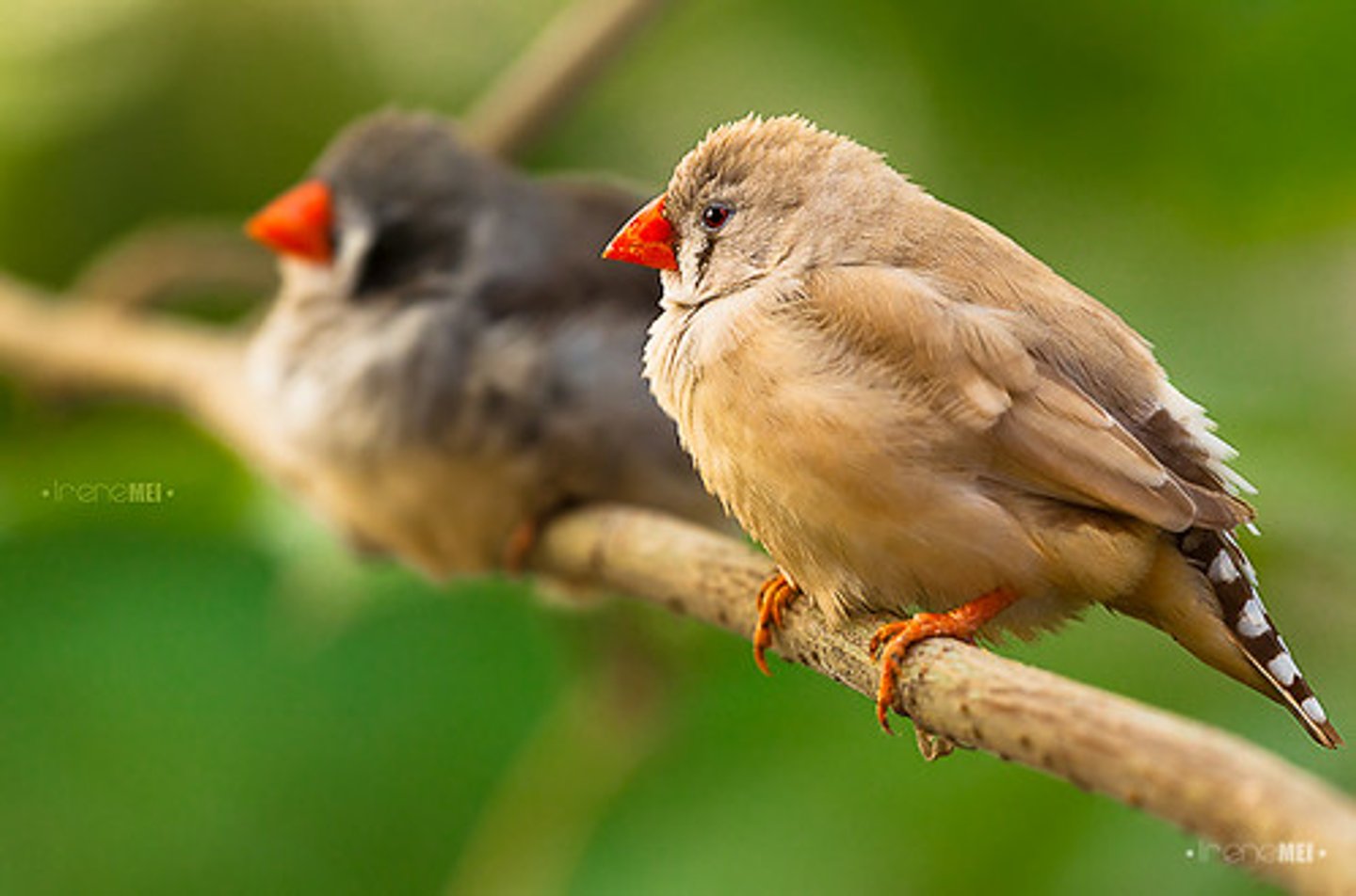
Snakes
Legless animals that evolved from lizards
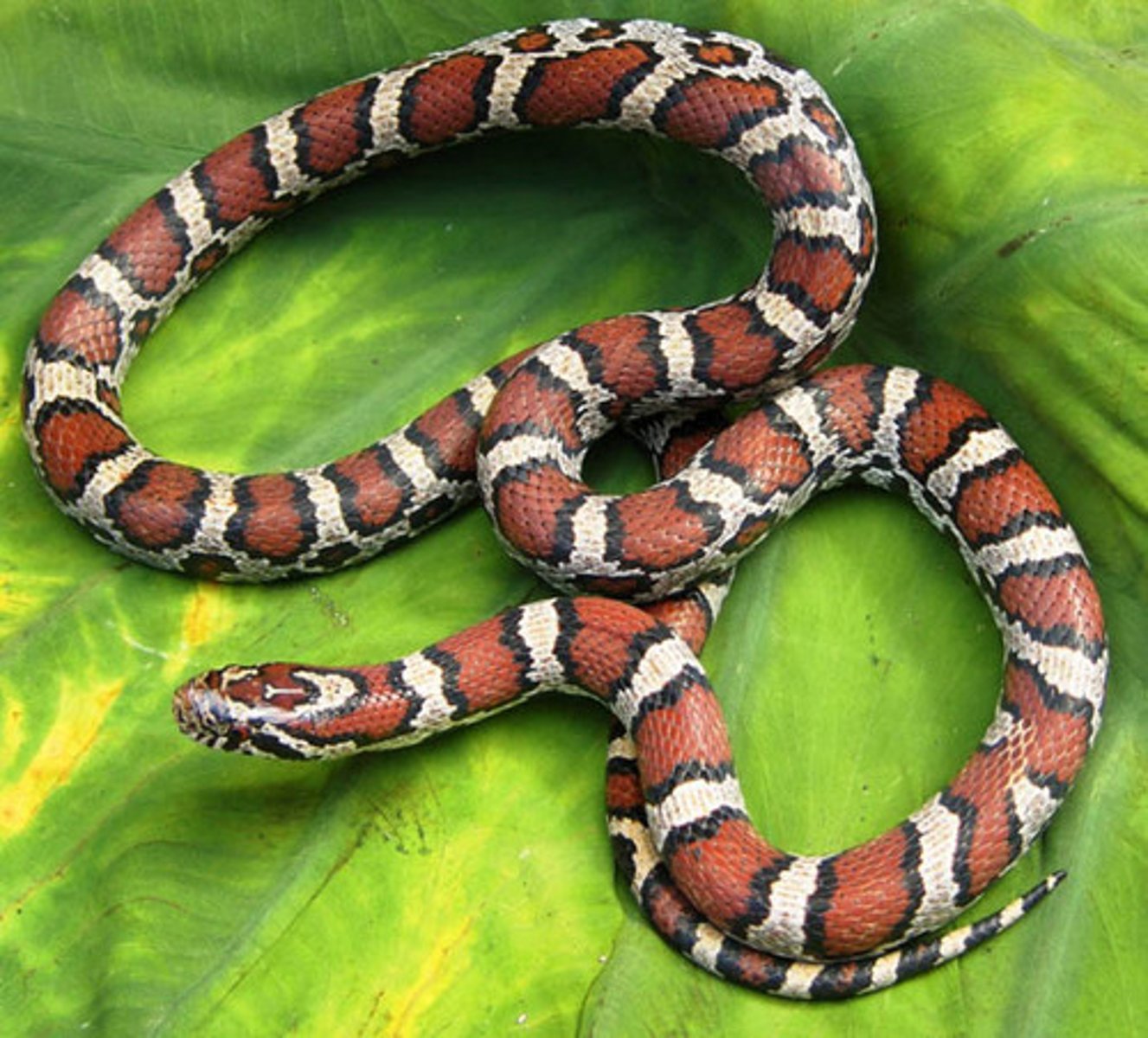
Fish
A vertebrate that lives in the water and has fins.
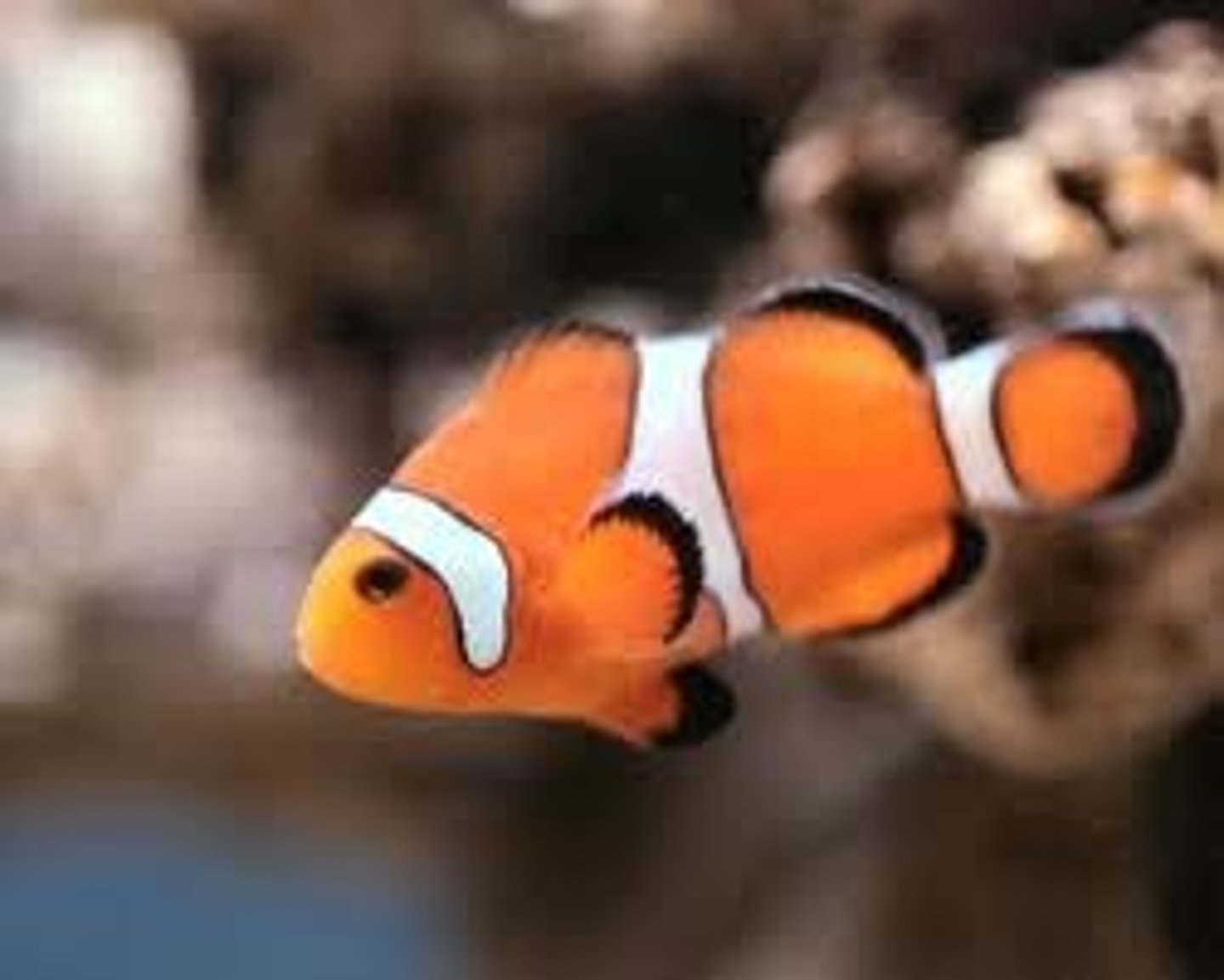
Viruses
Made up of genetic material surrounded by a protein coat; which must invade living cells in order to reproduce
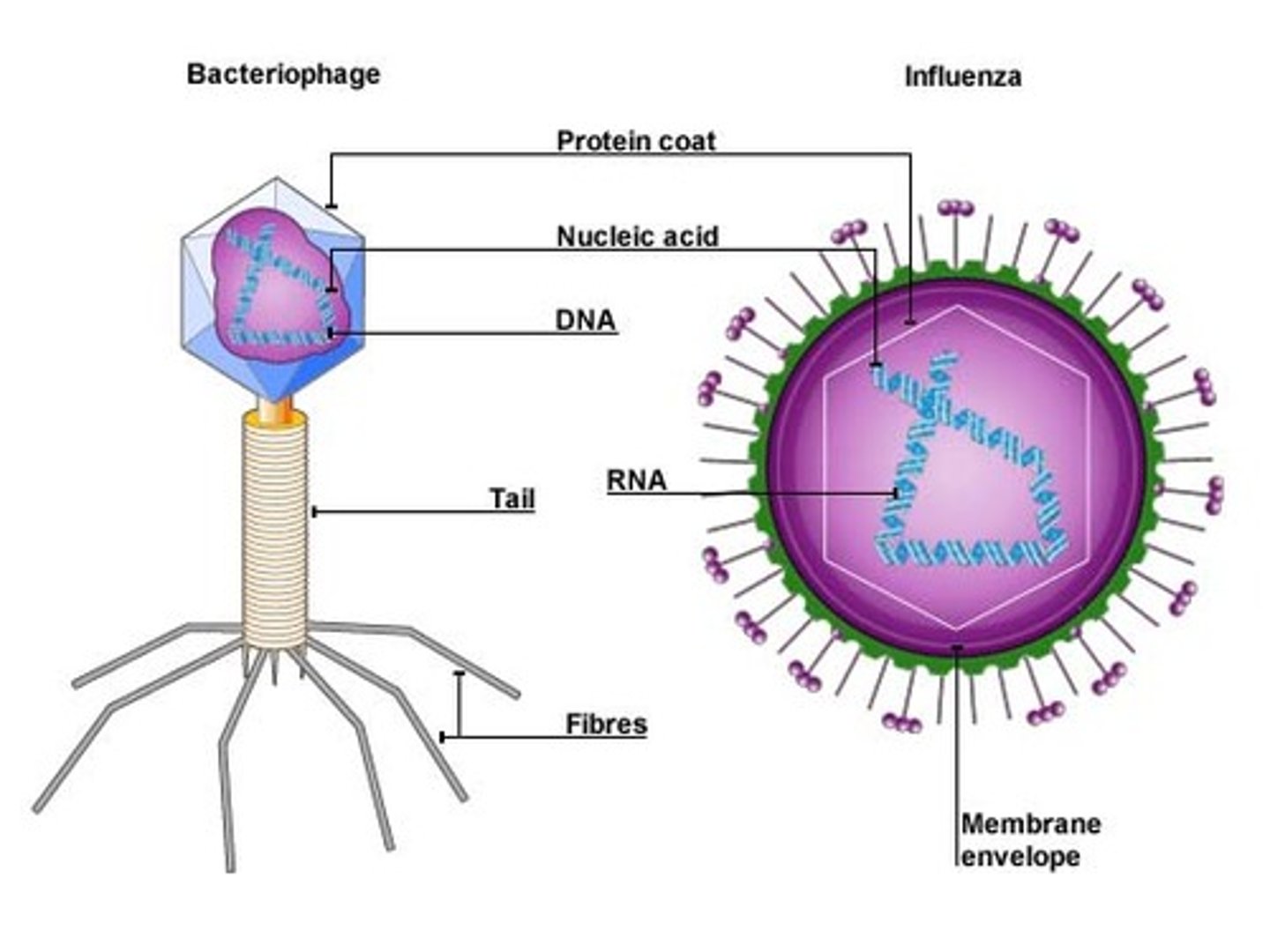
Mushroom
Fungi that breaks down dead organic matter and some can be eaten by humans.
